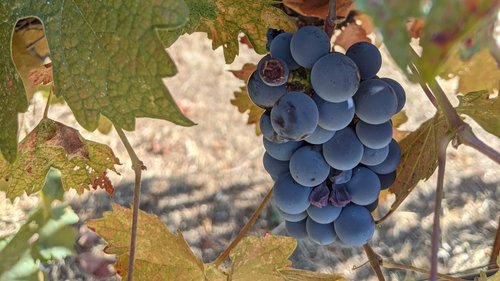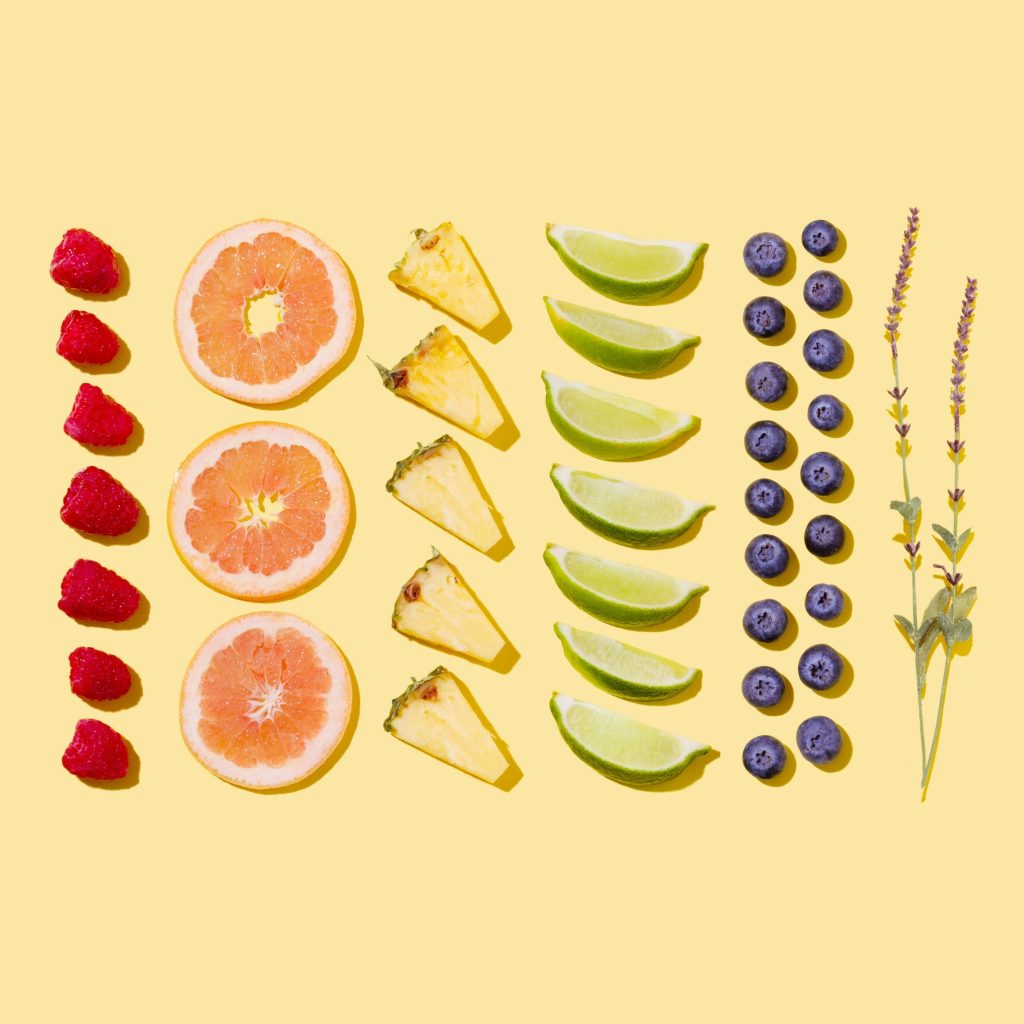
What is it that you’re smelling? Lemon? Lemon pith? Maybe lemon curd?
Wine aromas can come from 3 sources: the grape, fermentation, the environment (vineyard and winery). Where and how a grape grows can affect the aromas; warmer climates produce riper fruits, cooler climates produce greener fruit aromas. Some grapes are well known for certain aromas, like Sauvignon Blanc and passionfruit.
Here’s what you need to know to answer the question: Where do wine aromas come from?
- Why Do We Care About Wine Aromas So Much?
- How Does Wine Get Its Fruit Flavors?
- How to Improve Wine Aromatics
- Thirsty for More?
Why Do We Care About Wine Aromas So Much?
Teasing out wine aromas captivates wine lovers. It may seem a bit pretentious to the new-to-wine-crowd, but picking out different aromatics in wine is very much a ‘thing’. And the ability to identify different scents can guide how you talk about, pair, and enjoy your wines.
But where do these aromas come from?
Grapes are one of the mystery fruits of the universe.
Their molecular makeup comprised not just of grapey-smells, but carrying aroma compounds found in other fruits, vegetables, and florals.
Think that you’re smelling apple or banana? Yes! You are, in fact, smelling apple or banana.
Your brain isn’t trying to trick you. It’s very likely that the wine has the chemical compounds butyl acetate or isoamyl acetate (apple and banana aromas, respectively).
The grape’s chameleon-like ability to infuse hundreds of different aromas into your glass makes wine special and one of the magical elements that wine lovers are so smitten by.
How Does Wine Get Its Fruit Flavors?
The aromas you smell in wine are the result of the grapes, fermentation, growing climate, and environmental factors.
Here’s how that breaks down.
Wine Aromas that Come from the Grapes

Certain aromas come from the grape itself. Pyrazines, the green bell pepper smell, originate in the grape itself. Found in grapes from the Cabernet family, the bell pepper aroma can mutate to asparagus, grass, and even hay depending on the growing conditions and the wine’s age.
Another smell found in grapes is pepper, black or white. Its official name is rotundone, famously linked to Syrah.
If you ever have the opportunity to munch on fresh Cabernet Sauvignon or Syrah grapes, you can sometimes pick out the bell pepper and black pepper.
Wine Aromas that Come from? Fermentation
Not all aromas originate in the grapes. Many come from the fermentation process, either unlocked by fermentation or added by fermentation.
Wine Smells Unlocked by fermentation
Tip: Check out this helpful post to learn how wine fermentation works.
Some aromas are present in grapes but require fermentation to ‘unlock’ them through a chemical reaction. This includes floral aromas like lavender and rose.
The technical names for this group of special aromas are thiols and terpenes.
You can’t detect these aromas or flavors when you eat the fresh berries, but they’re waiting for their moment as wine.
The magical process of fermentation requires yeast. Yeast do their thing, eating up sugar and producing ethanol, heat, and CO2. The fermentation process also produces chemical reactions creating additional fruit, vegetal, and floral aromas, called esters.
Malolactic conversion, a separate chemical process that relies on bacteria to eat up harsh malic acid (responsible for green apple aromas) and changes it over to the softer lactic acid (think milk) can add butter, yogurt, clotted cream, and other dairy-esque aromas.
Wine Aromas that Come from the Climate

Vineyard location, that is.
Recap: Some fruity aromas and flavors come from the fruit, and still others from fermentation.
But a simple fruit aroma has countless variations: Black cherry, sour cherry, maraschino cherry… What’s going on?
How the fruit presents itself is a reflection of the vineyard and growing conditions.
Red fruits in red wine, like strawberry and bright red cherry, tend to come from more moderate growing regions, maybe with a little less direct sunlight.
Darker fruits, like blackberry or black plum, tend to be from warmer locations, or have vines with more sun exposure.
Overly ripe fruits and jammy notes will come from very warm growing regions or grapes that were left on the vine to ripen more fully.
In white wines, the bright citrus and Granny Smith green apple aromas come with wines from cooler growing regions, may be found in northern latitudes or higher elevations. Tropical fruits, including one of my personal favorites, pineapple, indicate warmer vineyard conditions.
The growing environment adds an endless complexity to teasing out what’s happening in your glass. Grab two bottles made using grapes from the same vineyard but over two different years and it’s possible to have two very different wines depending on seasonal weather.
Wine Aromas that Come from the Environment
The environment adds a final layer of aromas in wine. One step removed from the grape are smells that come from the winemaking environment.
Smoke, oak, toast, salt, eucalyptus – all of these compounds find their way into the bottle by various means.
Smoke may come from oak barrels or additives, or from an unfortunate forest fire near a vineyard before harvest.
Oak from barrels, staves or even oak essence adds mocha, coffee, and baking spices.
Helpful Tip: Go explore this post that goes into the different aromas and qualities oak barrels contribute to wine.
Vineyards and wineries located next to the ocean can pick up sea salt on the berries or in open fermentation vats and find its way into the wine.
Fino sherry is an excellent example of salty wine that feels salty-vicious on the lips.
And who doesn’t love the smell of pungent eucalyptus groves?
Well, maybe it’s not for you personally, but eucalyptus trees planted next to vineyards and wineries can shed eucalyptol, an oily chemical compound that can be detected in the final wine.
How to Improve Wine Aromatics
Smelling wine is an active process. Take a few moments to approach a glass. Try to tease out the major aromas.
Is the wine fruity? Earthy? Smokey? Rich ripe fruit? Underripe fruit?
Each aromatic tells one part of the story about the grape, the vineyard, and the winemaker. Put them together and you have, my friend, wine.
Helpful Tip: Here’s a 30-second tasting tip on why we swirl wine. Go check it out.
Thirsty for More?
Here’s an overview of how wine fermentation works, which is a great place to start when it comes to wine.
Still trying to figure out how to buy wines? Here’s how to pick out a wine at the grocery store.
The flavors you taste may not be flavors at all. Here’s the difference between bitterness and astringency in wine.



